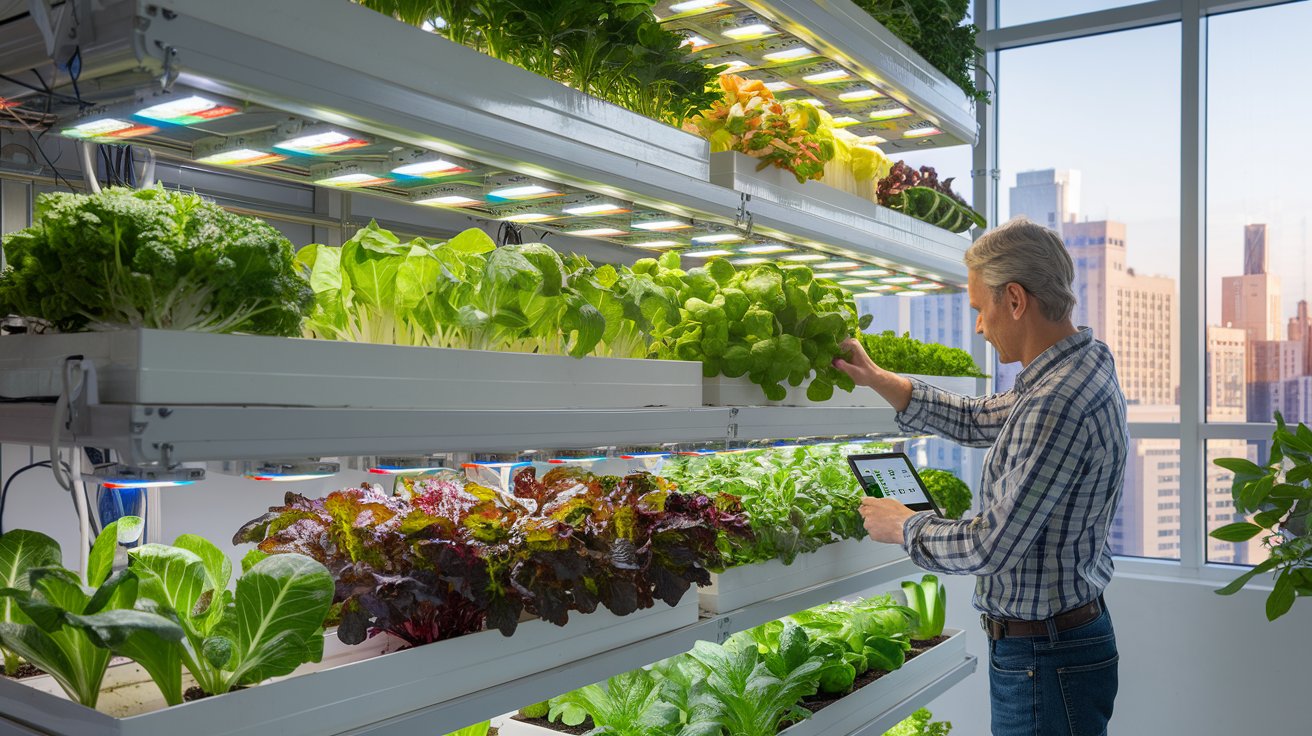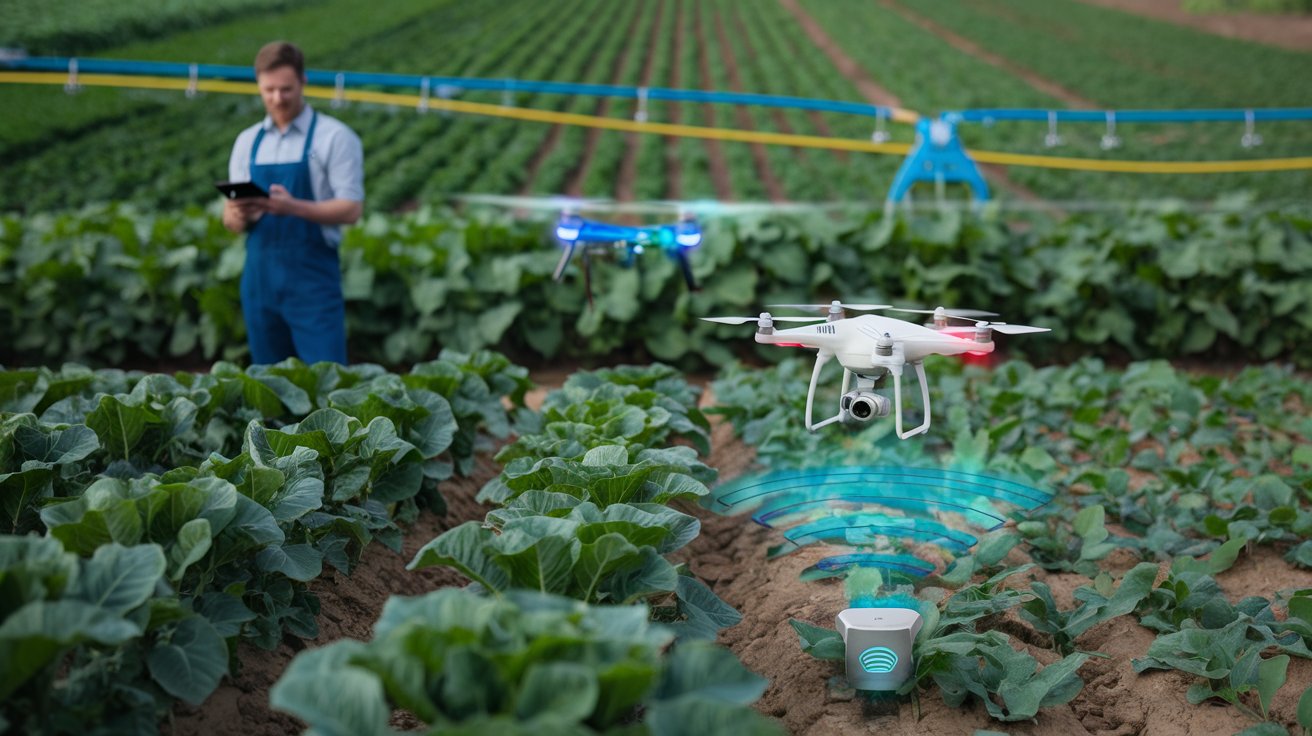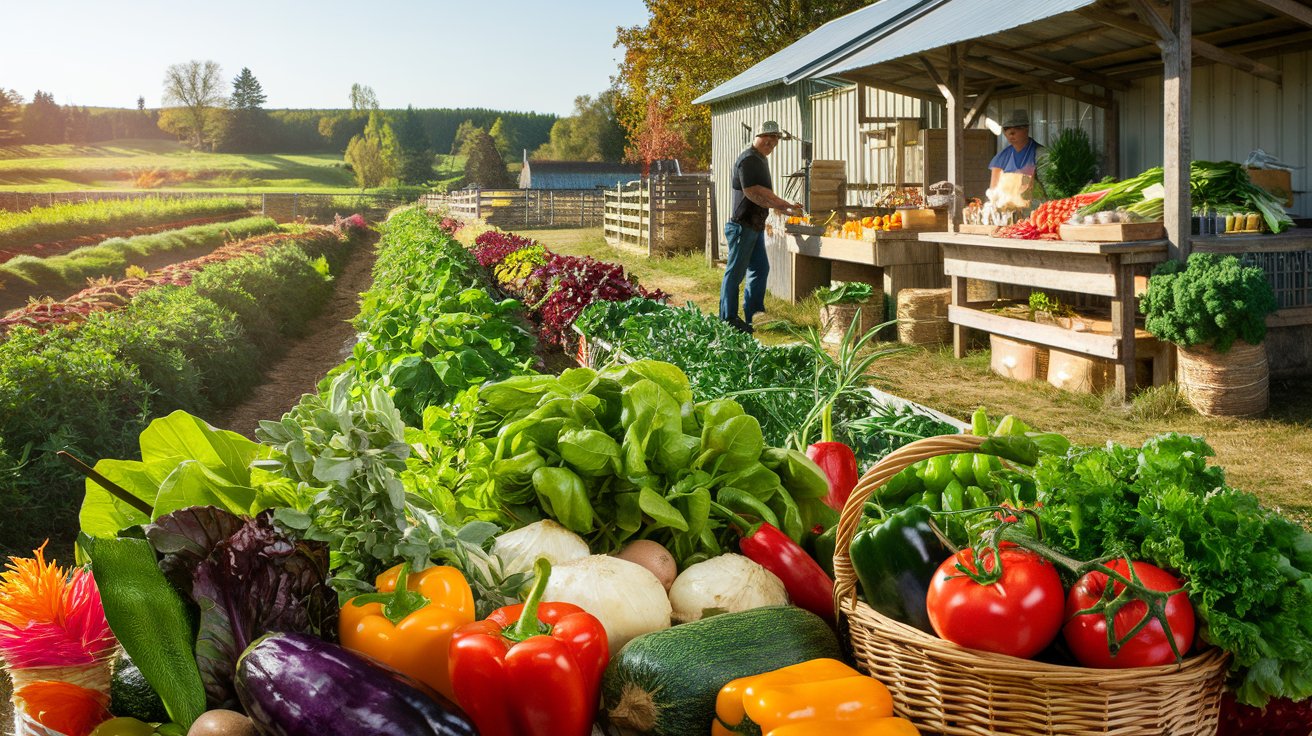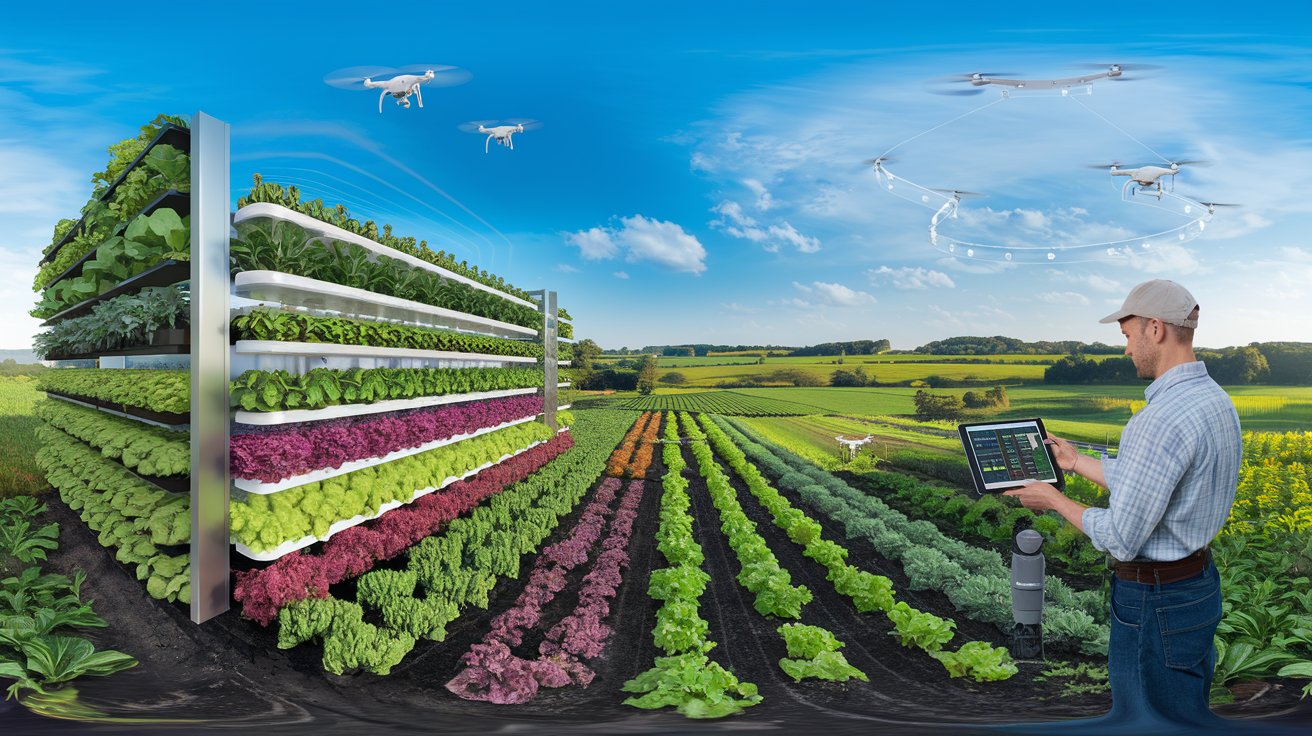As urban populations continue to grow, the demand for fresh, locally sourced food has never been higher. Vertical farming emerges as a groundbreaking solution to address this challenge, enabling the cultivation of crops in stacked layers, often integrated with advanced technologies. This article explores modern techniques in vertical farming, the benefits it offers, and a comprehensive guide on how to start your vertical farming business.
What is Vertical Farming?
Vertical farming is the practice of growing crops in vertically stacked layers, typically within controlled indoor environments. This innovative method utilizes advanced technologies such as hydroponics, aeroponics, and aquaponics to optimize space, conserve water, and reduce the need for pesticides. Vertical farms can be established in urban settings, using structures like warehouses, shipping containers, and even rooftops.
Modern Techniques in Vertical Farming
- Hydroponics
- In hydroponics, plants grow in nutrient-rich water instead of soil. This method allows for faster growth rates and increased crop yields. Common hydroponic systems include nutrient film technique (NFT), deep water culture (DWC), and aeroponics, which minimizes water use while maximizing oxygen exposure to plant roots.
- Aeroponics
- Aeroponics is a subset of hydroponics where plants are suspended in the air, and their roots are misted with a nutrient solution. This method promotes rapid growth and high yields, as plants receive more oxygen and nutrients.
- Aquaponics
- Aquaponics combines fish farming with hydroponics, creating a symbiotic environment where fish waste provides nutrients for plants, and plants filter the water for fish. This sustainable method produces both fish and crops, maximizing resource efficiency.
- LED Grow Lights
- Vertical farms often utilize LED grow lights, which are energy-efficient and can be tailored to emit specific light spectrums ideal for plant growth. These lights enhance photosynthesis, leading to better yields and reduced energy consumption.
- Climate Control Systems
- Advanced climate control systems regulate temperature, humidity, and CO2 levels within the farm. This ensures optimal growing conditions year-round, irrespective of external weather conditions.
- Automation and Data Analytics
- Modern vertical farms integrate automation systems for watering, nutrient delivery, and monitoring crop health. Data analytics tools provide insights into growth patterns, helping farmers make informed decisions and optimize operations.
Benefits of Vertical Farming
- Space Efficiency: Vertical farming utilizes limited urban space effectively, allowing for high-density crop production.
- Water Conservation: This method reduces water usage by up to 90% compared to traditional farming, as water is recirculated within the system.
- Reduced Carbon Footprint: By growing food close to urban centers, vertical farms decrease transportation emissions and provide fresher produce to consumers.
- Pesticide-Free Production: The controlled environment minimizes pest infestations, reducing the need for chemical pesticides and promoting healthier produce.
- Year-Round Production: Vertical farms can operate throughout the year, ensuring a consistent supply of fresh food, regardless of season.
How to Start a Vertical Farming Business
Starting a vertical farming business requires careful planning and execution. Here’s a step-by-step guide to help you launch your venture:
- Conduct Market Research
- Analyze your local market to identify consumer demands, potential competition, and distribution channels. Understanding your target audience is crucial for success.
- Create a Business Plan
- Outline your business model, including goals, operational strategies, marketing plans, and financial projections. A solid business plan will guide your decisions and attract potential investors.
- Choose a Location
- Select an appropriate site for your vertical farm. Consider urban areas with high population density, access to transportation, and proximity to your target market. Look for available warehouses, shipping containers, or unused commercial spaces.
- Select Your Crops
- Decide which crops you want to grow based on market demand and growth conditions. Leafy greens, herbs, strawberries, and microgreens are popular choices for vertical farms.
- Invest in Technology
- Acquire the necessary equipment, including hydroponic systems, LED grow lights, climate control devices, and automation tools. Ensure that your technology aligns with your production goals.
- Obtain Permits and Licenses
- Research local regulations and obtain any required permits or licenses to operate your vertical farm legally. This may include health and safety regulations and agricultural certifications.
- Set Up Your Farm
- Design your vertical farming layout, incorporating the chosen hydroponic system, grow lights, and climate control measures. Organize your space for efficient workflows and easy maintenance.
- Implement Management Practices
- Develop a routine for monitoring plant health, nutrient levels, and environmental conditions. Consider using software solutions for data analytics to optimize your operations.
- Market Your Products
- Create a marketing strategy to promote your vertical farm. Utilize social media, local farmers’ markets, and direct-to-consumer sales to reach your target audience. Highlight the benefits of your fresh, sustainably grown produce.
- Evaluate and Scale
- Regularly assess your operations and make adjustments based on performance and market feedback. As your business grows, explore opportunities to scale your production or expand into new markets.
Conclusion
Vertical farming represents a promising solution to meet the increasing demand for fresh, sustainable food in urban areas. By utilizing modern techniques and technologies, entrepreneurs can create efficient, eco-friendly farming operations that contribute to local food security and environmental sustainability. With careful planning and execution, starting a vertical farming business can be a rewarding venture, driving innovation in the agricultural sector for years to come.
By focusing on these sustainable practices, your vertical farming business can thrive while making a positive impact on the community and the environment.




